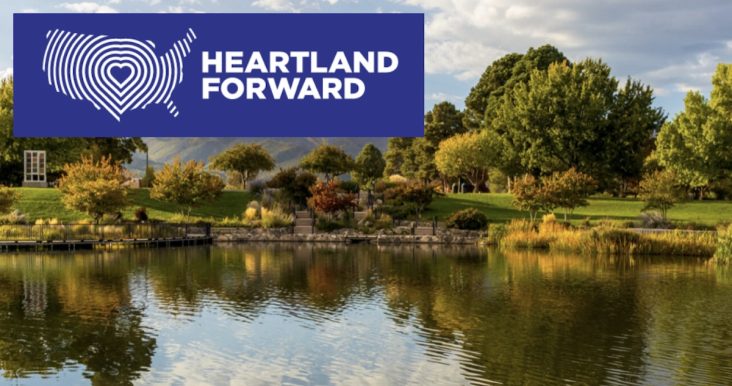Blytheville top micropolitan area in Arkansas according to Heartland Forward
by August 28, 2024 6:36 pm 489 views

Transportation, manufacturing and petroleum-related industries have contributed to the overall economic strength of some of the top micropolitan areas in Arkansas, according to a new report.
Bentonville-based Heartland Forward, a policy think-and-do tank working as a resource for states and communities to advance the economic success in the middle of the country, released Wednesday (Aug. 28) its biennial report, Most Dynamic Micropolitans 2024. It ranked the economic performance of 527 U.S. micropolitan areas, comprising cities with a population between 10,000 and 50,000. More than 27 million Americans live in these areas. Los Alamos, N.M., was ranked the top micropolitan area in the United States.
“Micropolitans are often overlooked, yet they play a crucial role in America’s economy,” said Ross DeVol, president and CEO of Heartland Forward. “Our report shows how these innovative communities are thriving, offering a blueprint for other small cities.”
Many of the micropolitans “benefit from robust manufacturing industries that serve as a source for well-paying jobs and technological innovation,” according to a news release. “In Arkansas, for example, Blytheville and Magnolia are manufacturing hubs employing thousands of highly skilled workers with competitive wages, contributing significantly to the state’s economy.”
In northeastern Arkansas, Blytheville was ranked No. 54, the highest of any micropolitan area in the state. With a population of 38,896, Blytheville is the largest city in Mississippi County. According to the report, Blytheville benefits from its proximity to Watco’s Blytheville Marine Terminal, a barge-and-rail terminal on the Mississippi River specializing in transporting bulk fertilizer, liquids and steel.
Blytheville is also home to the steel-recycling giant Nucor Steel and has seen significant steel-related investments. Arkansas Northeastern College is helping to attract these investments as companies can partner with the college to develop workforce training programs to train highly skilled workers.
The report also shows that a strong manufacturing presence in Magnolia has helped to raise average annual pay by 19% and real GDP by 13.3% over five years. In southwestern Arkansas, Magnolia is ranked No. 243, up from No. 267. The city, in Columbia County, has a population of 22,216.
According to the report, the processing of various heavy metals found in the area has contributed to interest and investment in Magnolia. The Albemarle Corp. recently announced an expansion of its bromine-processing operations. Also, new techniques for lithium extraction for electric vehicle batteries led ExxonMobil to acquire land in the region with plans to build a lithium production facility.
Following are the Arkansas micropolitan areas, their rank and population.
Blytheville, No. 54, 38,896
Mountain Home, No. 87, 42,345
Batesville, No. 151, 37,945
Harrison, No. 193, 45,362
El Dorado, No. 196, 37,752
Russellville, No. 201, 84,194
Magnolia, No. 243, 22,216
Searcy, No. 246, 77,755
Camden, No. 279, 26,744
Malvern, No. 294, 33,203
Paragould, No. 373, 46,448
Pine Bluff, No. 471, 71,713
Arkadelphia, No. 479, 21,250
Forrest City, No. 511, 22,451
Heartland Forward assessed U.S. micropolitans by analyzing economic indicators, including average pay, employment, real GDP, and personal income. The methodology examines short-term (2021-2022) and medium-term (2017-2022) growth, focusing on metrics like young-firm employment and knowledge intensity.
Following are the top five U.S. micropolitan areas, according to the Heartland report.
1. Los Alamos, N.M.
2. Jefferson, Ga.
3. Jackson, Wyo.-Idaho
4. Heber, Utah
5. Key West-Key Largo, Fla.
“Each year, our analysis of the economic conditions of micropolitans helps public policymakers, businesses and researchers plan strategically, drive sustainable growth and foster resilience in these vital communities,” said Jackson Li, a report author and research associate at Heartland Forward.
